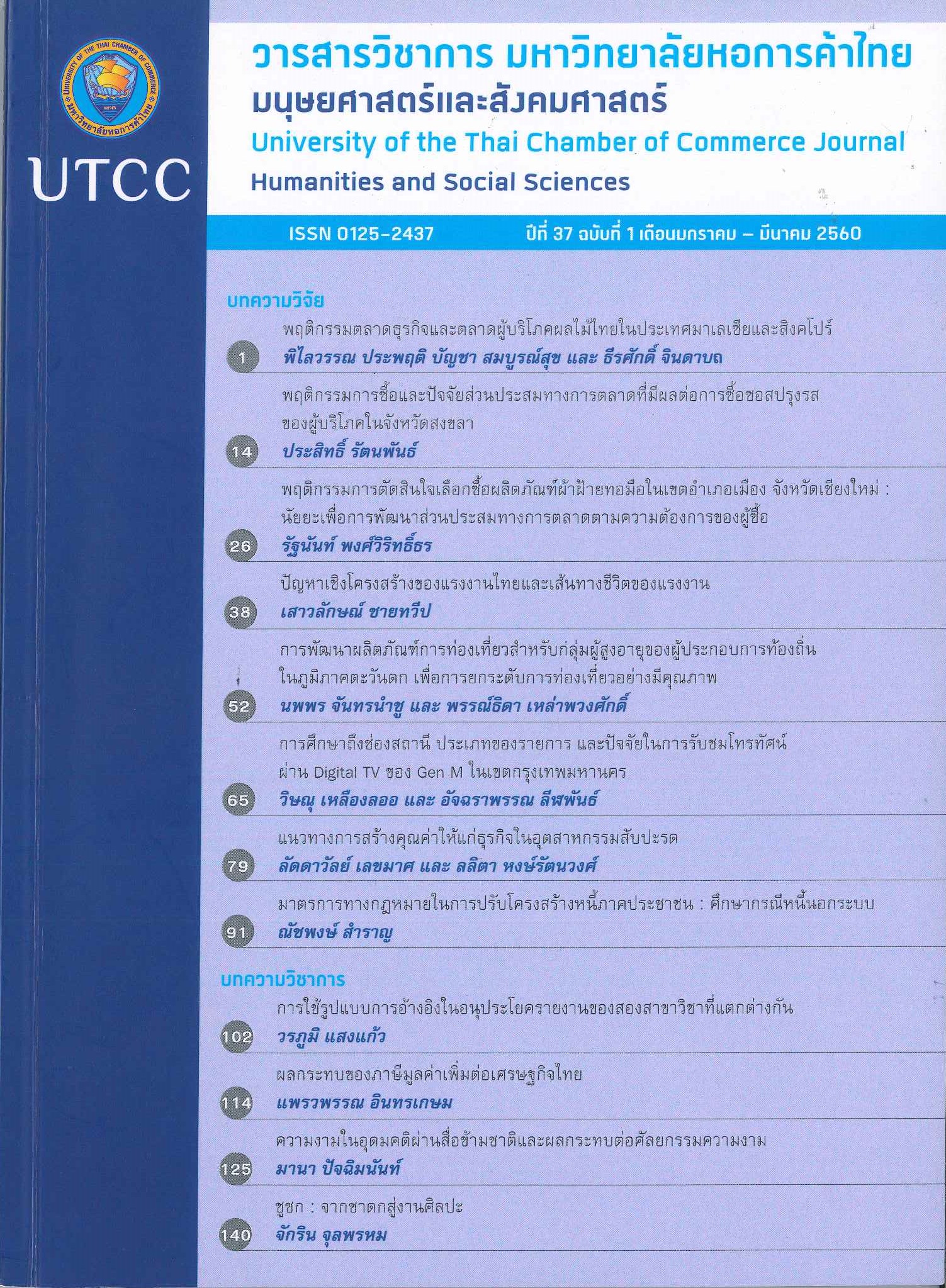Use of Reporting Clauses in Citations across Two Contrasting Disciplines
Main Article Content
Abstract
This article is aimed at explaining the use of citation forms in reporting clauses, as well as voices behind each clause type used to report other researchers’ work. The main focus is on the vital role citation patterns used in reporting clauses play in academic writing, and their contribution to the construction of knowledge in two contrasting disciplines. Making references to other people’s research, writers normally use three clause types: a human subject (e.g. Thompson;They); a non-human subject (e.g. This study suggested; Research has shown); and an introductory it followed by a passive construction (e.g. It could be concluded; It was found). Some scholars have found that the frequent use of three clause types is significantly different in two contrasting disciplines: science and social science and humanities. The differences also imply the writers’ stance towards the claims they have made, which could affect the acceptance in their own academic communities. The findings may be useful for English research/report writing teachers and course developers to develop research/report writing courses that will enhance the students’
academic writing skills as well as the quality of their works.
Article Details
ลิขสิทธิ์ของบทความ
ผลงานที่ได้รับการตีพิมพ์ถือเป็นลิขสิทธิ์ของมหาวิทยาลัยหอการค้าไทย ห้ามมิให้นำเนื้อหา ทัศนะ หรือข้อคิดเห็นใด ๆ ของผลงานไปทำซ้ำ ดัดแปลง หรือเผยแพร่ ไม่ว่าทั้งหมดหรือบางส่วนโดยไม่ได้รับอนุญาตเป็นลายลักษณ์อักษรจากมหาวิทยาลัยหอการค้าไทยก่อน
References
American Psychological Association [APA]. (2001). Publication manual of the American Psychological Association. Washington, DC: Author.
Charles, M. (2006a). The construction of stance in reporting clauses: A cross-disciplinary study of theses. Applied Linguistics, 27(3),492-518.
Charles, M. (2006b). Phraseological patterns in reporting clauses used in citation: A corpus-based study of theses in two disciplines. English for Specific Purposes,25, 310-331.
Davies, M.(2008). The corpus of contemporary American English: 450 million words. New York: Routledge.
Dujsik, D. (2014). Plagiarism in Thai academic writing: causes, consequences, andsolutions. University of the Thai Chamber of Commerce Journal, 34(2), 194-207.
Hay, I. (2000). Qualitative research methods in human geography. Oxford: Oxford University Press.
Hunston, S. (1994). Evaluation and organization in a sample of written academic discourse. (M Advances in written text analysis (pp.191-218). London: Routledge.
Hyland, K. (1999). Academic attribution: citation and the construction of disciplinary knowledge. Applied Linguistics, 20 (3), 341-367.
Hyland, K. (2002). Options of identity in academic writing. ELT Journal, 56(4), 351-358.
Hyland, K., & Tse, P. (2005a). Evaluative that constructions: signaling stance in research abstracts. Functions of Language, 12(1),39-63.
Hyland, K., & Tse, P. (2005b). Hooking the reader: A corpus study of evaluative that in abstracts. English for Specific Purposes, 24(2), 123-139.
lvanic, R. (1998).Writing and identity: The discoursal construction of identity in academic writing. Philadelphia, PA: John Benjamins.
Jalilifar, A. (2012). Academic attribution: Citation analysis in master’s theses and research articles in applied linguistics. International Journal of Applied Linguistics, 22(1),23-41.
Lindeberg, A.C. (1995). Tenses, modals, and rhetorical structuring in research articles in finance, management, and marketing: An exploratory study of introductions. Anglicana-Turkuensia, 14,361-369.
Lorés Sanz, R.(2008). Genres in contrast: The exploration of writers’ visibility in research articles and research article abstracts. In S. Burgess & P. Martin-Martin (Eds.),English as an additional language in research publication and communication (pp. 105-123). Bern: Peter Lang.
March, S.T., and Smith, G.F. (1995). Design and natural science research on information technology. Decision Support Systems, 15(4), 251-266.
O'keeffe,A.,McCarthy,M., & Carter,R. (2007). From corpus to classroom: Language use and language teaching. Cambridge: Cambridge University Press.
Parkinson, J.(2013). Adopting academic values: Student use of that-complement clauses in academic writing. System, 41(2),428-442.
Peffers, K., Tuunanen, T., Rothenberger, M.A., & Chatterjee,S.(2007). A design science research methodology for information systems research. Journal of Management
Information Systems, 24(3), 45-77.
Pho,P.D.(2013). Authorial stance in research articles: Examples from applied linguistics and educational technology. Basingstroke:Palgrave Macmillan.
Promsin, P. (2006). An analysis of moves and modality in English engineering abstracts (Unpublished doctoral dissertation). National Institute of Development Administration, Bangkok.
Rundblad, G. (2007). Impersonal, general, and social the use of metonymy versus passive voice in medical discourse. Written Communication, 24(3), 250-277.
Samraj, B. (2008). A discourse analysis of master’s theses across disciplines with a focus on introductions. Journal of English for Academic Purpose, 7, 55-67.
Sripicharn, P. (2010). How can we prepare learners for using language corpora. In A. O’Keefe & M. McCarthy, The routledge handbook of corpus linguistics (pp.371-384). London:Routledge.
Swales, J. (1990). Genre analysis. Cambridge: Cambridge University Press.
Thompson, P., & Tribble, C. (2001). Looking at citations: Using corpora in English for academic purposes. Language Learning & Technology, 5(3), 91-105.


